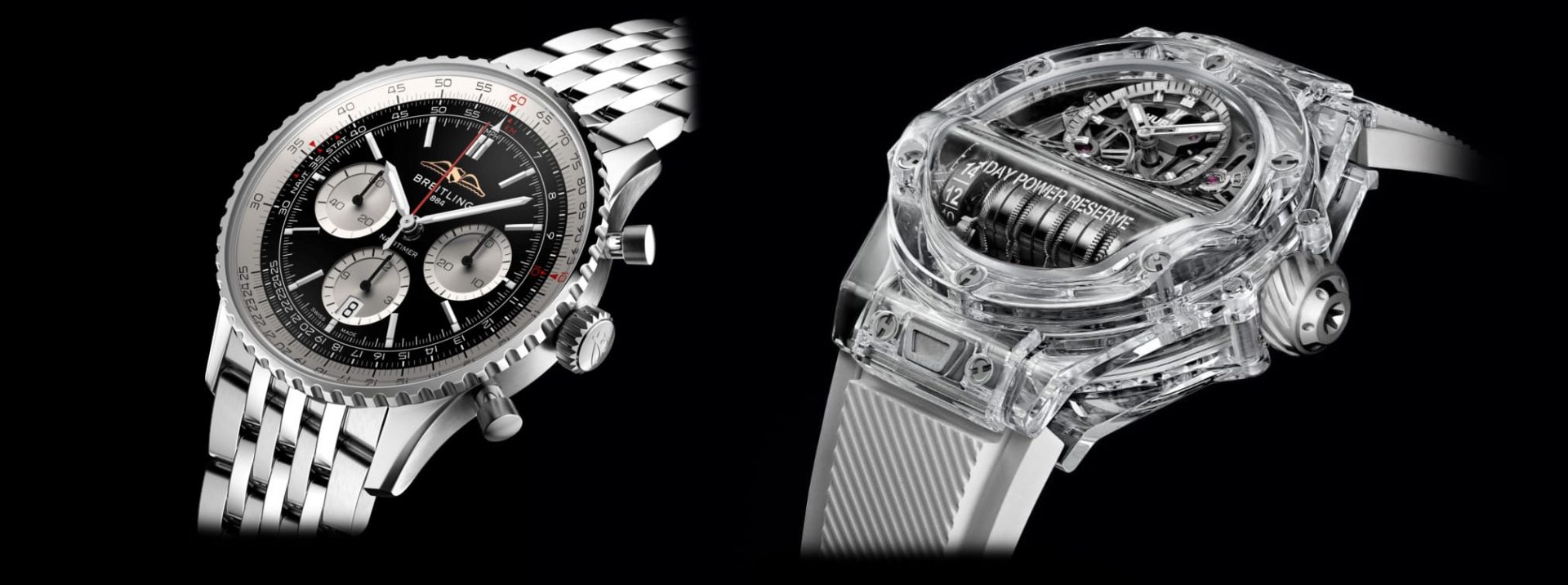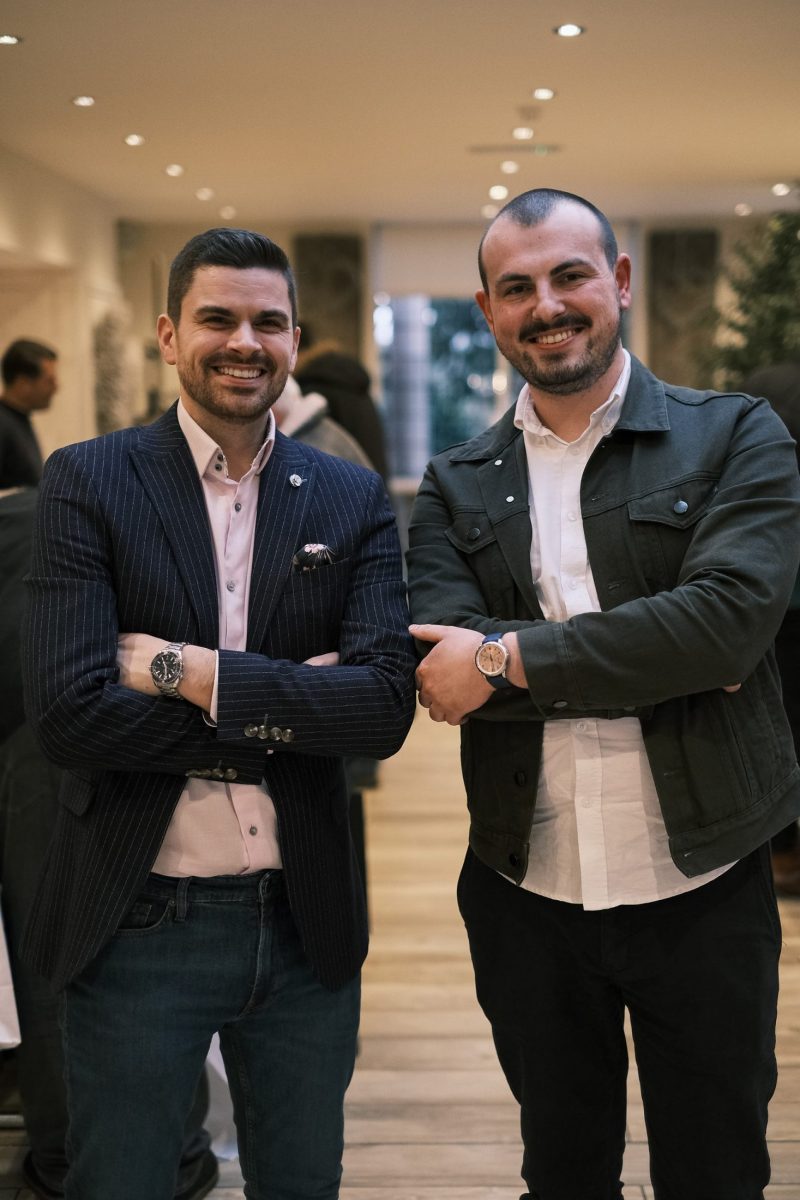Watch and Wonders 2024 has come to a close, but the excitement lingers on, especially with heavyweights like Hublot staging a grand display of horological swagger that left us all in awe. With a parade of opulence and a flair for the extravagant, Hublot showcased the Big Bang E Gen 3 EURO smartwatch and the MP-11!
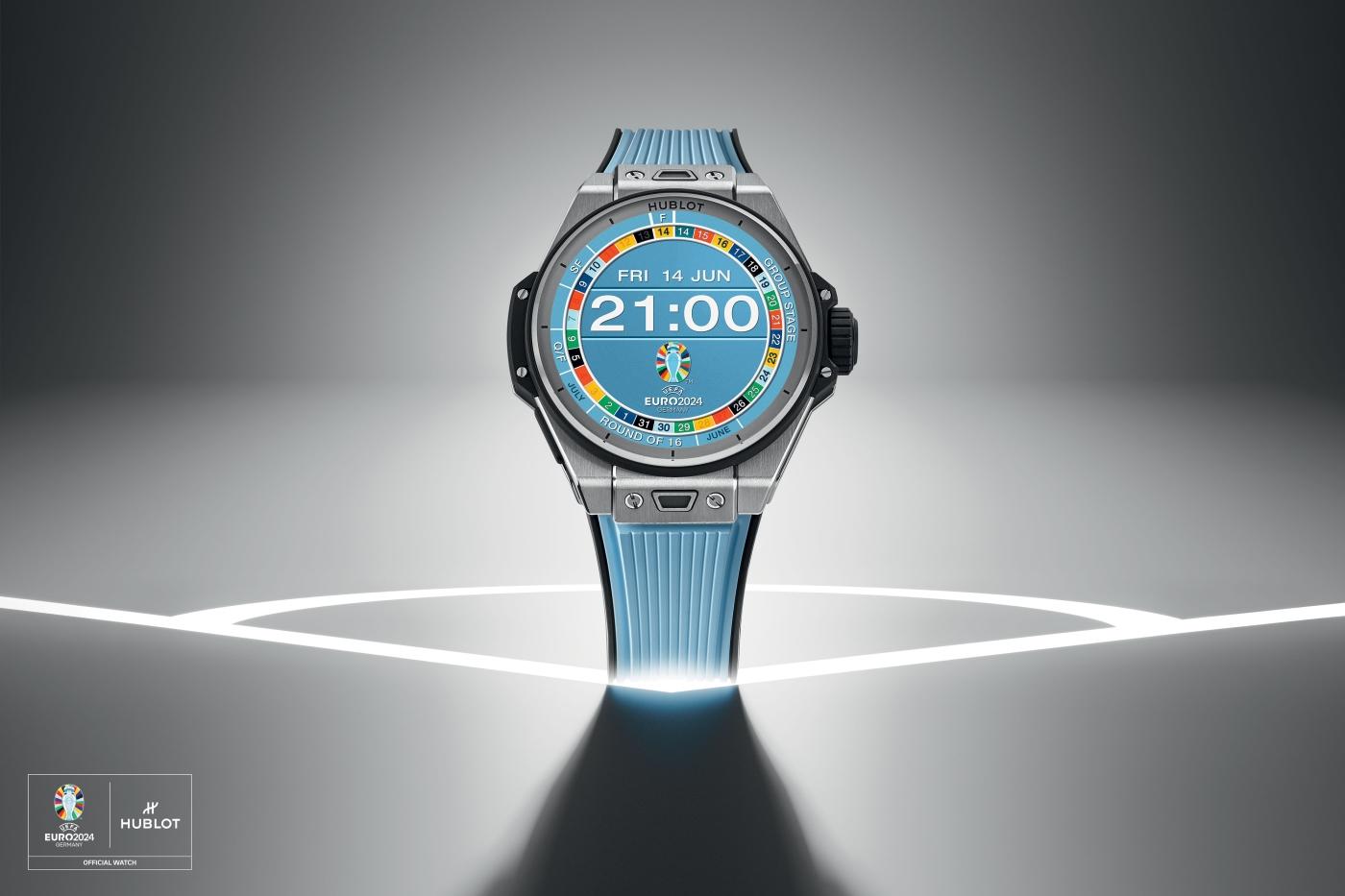
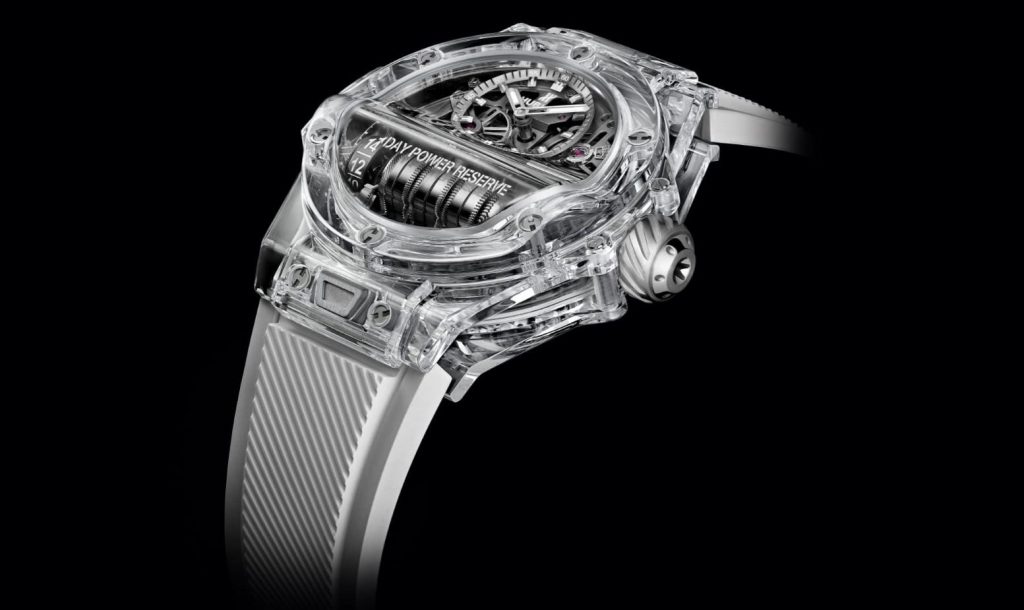
With a rush of excitement coursing through me, I dialled up my buddy to spill the beans about my next big move – buying a Hublot! However, his response left me utterly flabbergasted.
“Oh, Hublot?” He remarked casually, “It’s just a flashy showpiece.”
“What do you mean ‘flashy showpiece?’ ” I retorted, feeling defensive of my favorite brand. “Hublot boasts expertise, innovation, craftsmanship, heritage, unparalleled opulence, and unequivocal panache.”
“I know, that’s not the point,” My friend responded, unmoved by my arguments.
Continuing the conversation, he posed a compelling question: “Who’d you pick? Kim Kardashian with her flashy lifestyle or J.K. Rowling, a literary luminary with unparalleled imagination?”
Deflated by my friend’s dismissive response, I hung up the phone.
Is it true? Is Hublot just a facade, a hollow symbol of status devoid of substance?
Today, we delve into the age-old debate of Hublot vs Breitling. Why? Because it’s time to separate the substance from the spectacle, to unravel the mysteries behind the marketing hype and delve into the heart of what truly makes a timepiece remarkable.
The Origins of Hublot and Breitling
In the year 1980, when Carlo Crocco founded Hublot, the world was experiencing a wave of change and innovation. Luxury brands such as Patek Philippe, Rolex, Gucci, Louis Vuitton, and Chanel were gaining prominence, offering consumers a range of upscale apparel, accessories, and leather goods. However, there was also a growing interest in avant-garde designs and innovative materials, paving the way for newcomers like Hublot to make their mark.
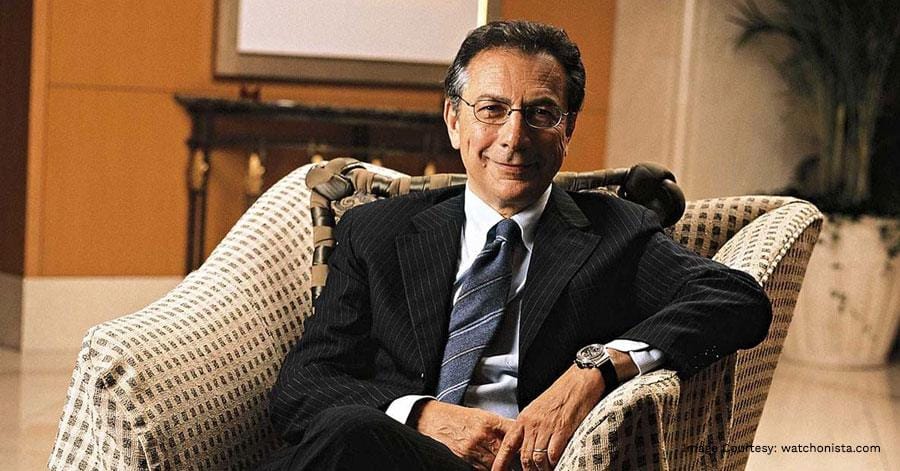
Crocco sought to disrupt the traditional watchmaking industry by introducing a bold and avant-garde approach to timepiece design. Inspired by his own Italian heritage and a desire to challenge the status quo, Crocco introduced the world to the Hublot brand. Over the years, Hublot has changed hands several times in terms of ownership. In 2008, luxury conglomerate LVMH acquired the brand, providing it with the resources and support to further expand its reach and influence in the global market.
While Hublot emerged onto the horological scene in 1980, Breitling’s roots stretch back over a century before Carlo Crocco’s time. Founded in 1884 by Leon Breitling, the brand predates the birth of Crocco himself, showcasing a lineage steeped in centuries-old tradition and craftsmanship. This centuries-old tradition is ingrained in the very fabric of the Breitling brand, making it a formidable competitor in the realm of horology. While Hublot is owned by the French luxury conglomerate LVMH Moët Hennessy Louis Vuitton SE, Breitling is privately owned by the Swiss investment company CVC Capital Partners.
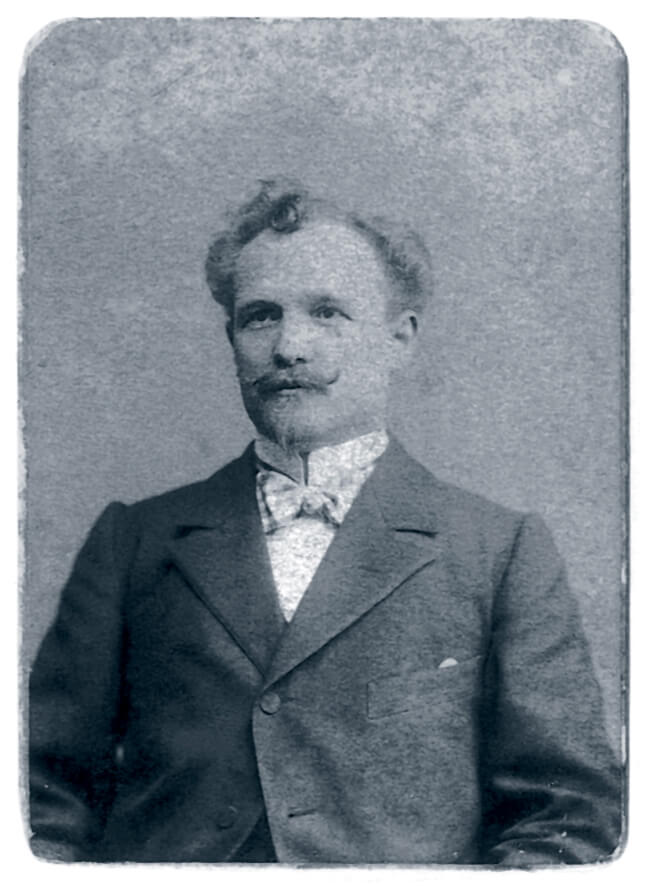
The Battle of Aesthetics: Design and Finishing Touches of Hublot and Breitling Watches
From its inception, Hublot has dared to defy expectations. It is therefore unsurprising that Its design ethos is a bold departure from the conventional norms of watchmaking. Hublot finds inspiration in the fierce and expressive works of modern artists. From abstract paintings to avant-garde sculptures, each piece serves as a catalyst for Hublot’s imagination, sparking new ideas.
For example, the vibrant colors and dynamic shapes of a modern art installation may influence the design of a Hublot watch dial, while the sleek lines and bold textures of a designer garment may influence the design of its watch case. Just as a Lamborghini commands attention with its sleek lines and dynamic curves, Hublot watches captivate the eye with their unmistakable aura of power, prestige and sophistication.

This is not the case for Breitling at all. Unlike Hublot, Breitling’s design ethos is rooted in a rich tradition and functionality, rather than daring experimentation and avant-garde aesthetics. Instead of drawing inspiration from contemporary art, fashion, and architecture, Breitling looks to its own heritage and the aviation industry for inspiration. As such its watches are evocative of the sleek and streamlined forms of aircraft and cockpit instrumentation.
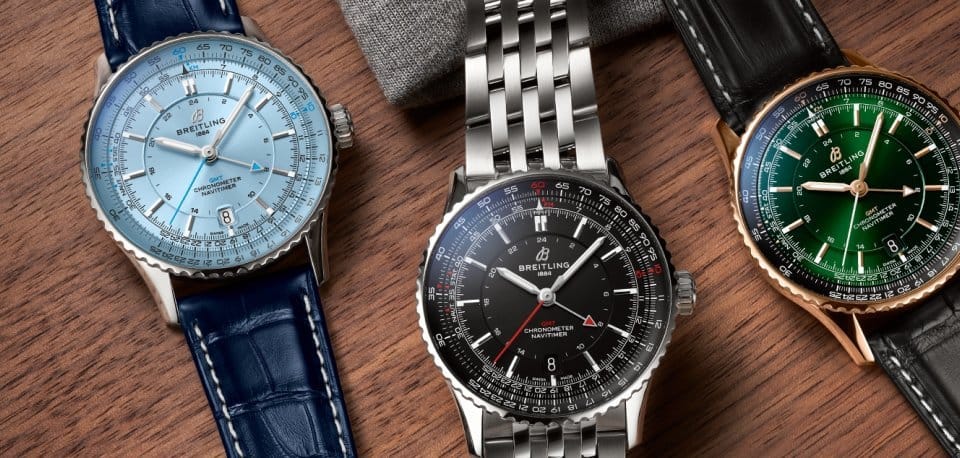
The smooth curves of the case and lugs are reminiscent of the fuselage of a plane and every detail from the brushed steel of the case to the polished accents of the bezel and crown is meticulously polished to a mirror-like sheen, creating a sense of luxury and refinement that is second to none. Subtle design details such as engraved bezels and textured dials add depth and dimension to the overall look, while maintaining a sense of understated sophistication. So we find two distinct approaches to aesthetics and craftsmanship here.
Beneath the Dial: Movements of Hublot and Breitling
Hublot boasts a mix of in-house and outsourced movements, with a notable emphasis on avant-garde design and groundbreaking technology. While the Swiss brand does utilize some third-party movements, such as those from renowned manufacturer ETA, It has also made significant strides in developing its own in-house calibers.
After several years of research, Hublot released its first in-house movement, the Unico, in 2010. Every element of its manufacture movement is hand-finished to perfection. Since the introduction of the first caliber, several groundbreaking movements like the HUB9011 caliber (also known as the MP-11) with seven series-coupled barrels providing an extended power reserve of approximately 336 hours, or 14 days have followed.
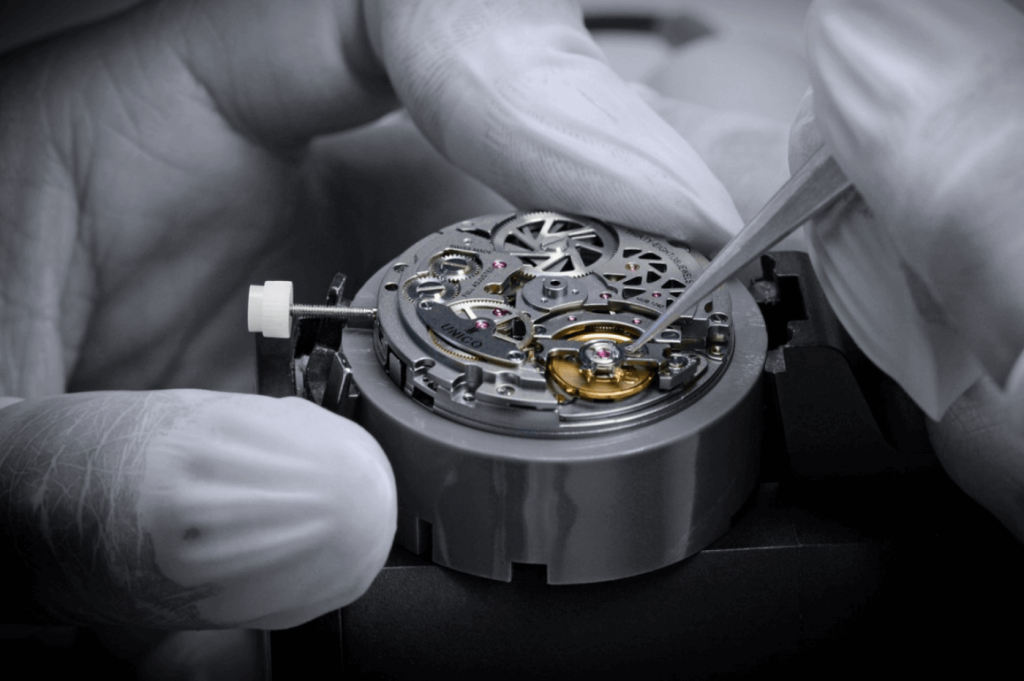
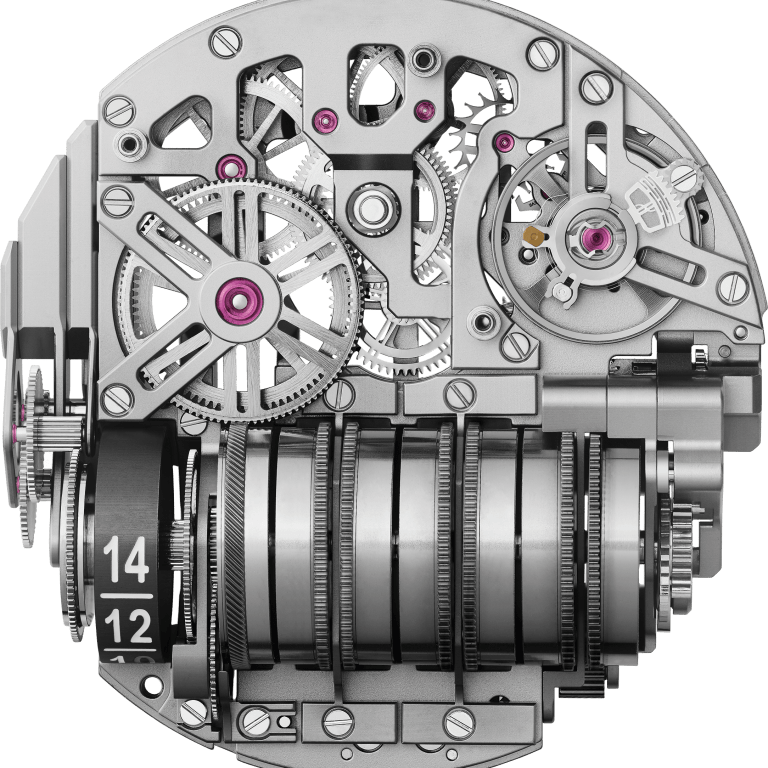
On the flip side, Breitling’s approach to movements differs from Hublot’s in several key aspects. The brand’s first in-house movement, the B01 caliber, was introduced in 2009, a year before Hublot released its Unico caliber. Breitling’s focus has traditionally been on functionality and reliability so the brand’s movements are not as “avant-garde” or revolutionary as those of Hublot, they are nonetheless highly respected for their quality and performance.

Breitling has a long-standing tradition of producing chronometer-certified watches, with many of its movements undergoing COSC certification. The finishing techniques employed by Breitling watchmakers include polishing, brushing, engraving, and perlage, among others, to ensure that each component is meticulously finished to the highest standards.
Materials Used in Hublot and Breitling Watches
Hublot’s innovative approach to watchmaking is epitomized by its “Art of Fusion” ethos, which is centered around the daring use of unconventional materials. Hublot has experimented with innovative materials such as ceramic, carbon fiber, titanium, and sapphire in the making of its watches. Its proprietary alloy, “Magic Gold,” developed in collaboration with the Swiss Federal Institute of Technology in Lausanne (EPFL), is touted as the world’s first scratch-resistant 18K gold alloy.
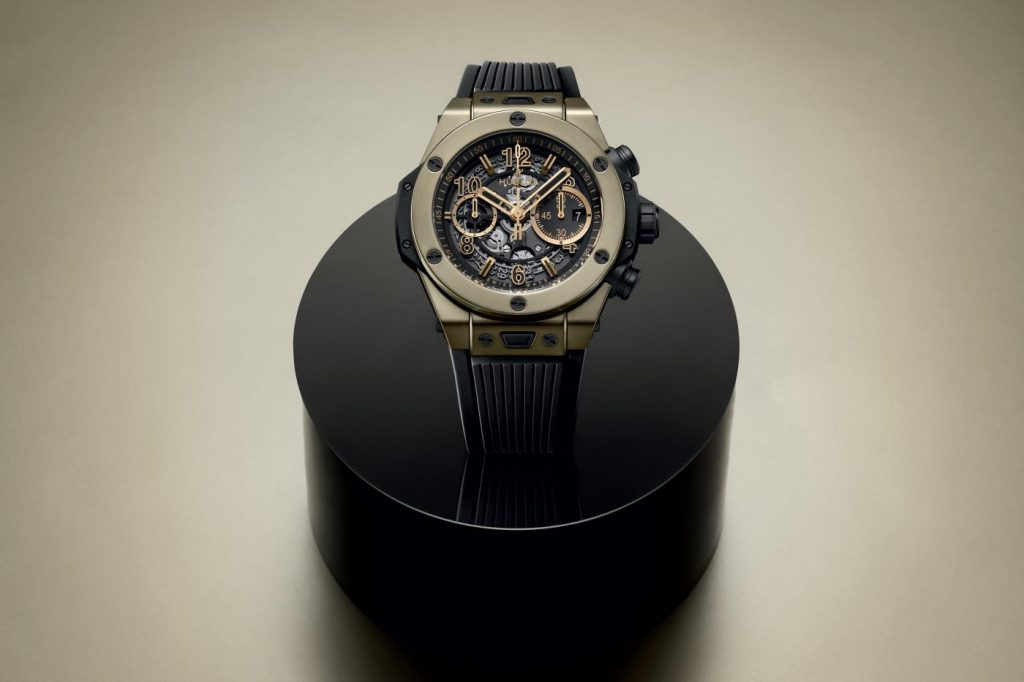
Unlike Hublot, which is known for its cutting-edge and experimental approach to materials, Breitling tends to stick to more traditional and time-tested materials like stainless steel, top-grade metals such as the 316L antimagnetic stainless steel alloy, grade 2 titanium, and gold. So while Breitling emphasizes reliability and durability with its choice of materials, Hublot embraces innovation and creativity by blending traditional luxury materials with cutting-edge substances.
Hublot or Breitling: Which Holds Value Best?
Determining which watch brand holds its value better is a tough call. When it comes to resale value, neither Hublot nor Breitling fares exceptionally well in comparison to each other or to other luxury watch brands.
Hublot, with its bold designs and aggressive marketing, may catch the eye of fashion-forward buyers and celebrities, but that doesn’t always translate to strong resale value. Similarly, Breitling’s focus on functionality and aviation heritage appeals to a niche audience, but it doesn’t necessarily guarantee robust resale prices either.
However, Breitling’s vintage watches seem to have a bit of an edge over Hublot’s offerings. Vintage Breitling timepieces, especially iconic models like the Navitimer or Chronomat, have this historical significance that collectors just go crazy for.
On the other hand, when it comes to limited editions, both Hublot and Breitling have their fair share of releases, though Breitling’s limited editions often seem to have a bit more staying power in terms of resale value. Maybe it’s because Breitling tends to keep their limited editions more understated and focused on technical innovation rather than just flashy aesthetics, but that’s not to say Hublot doesn’t have its own limited editions that hold value, especially those tied to significant events or collaborations.
Conclusion
In conclusion, it’s you, the reader, who gets to decide which brand comes out on top in the Hublot vs Breitling debate. Hublot’s watches can evoke some pretty strong reactions. You either love them with a passion or can’t stand them with a vehement dislike. But hey, if Hublot’s bold designs speak to your sense of style, then who are we to judge? Beauty, after all, is in the eye of the beholder.
On the other hand, Breitling’s watches, with their classic designs and aviation heritage, have a more understated appeal that may resonate with a different set of tastes. There’s a certain timeless elegance to Breitling’s timepieces that transcends trends and fads. So, whether you’re a die-hard Hublot fan or a staunch Breitling supporter, there’s no need to condemn those who have a different opinion. Both Hublot and Breitling have already achieved victory by enriching the world of horology with their distinctive contributions.
